-
 Bitcoin
Bitcoin $83,656.9601
-1.62% -
 Ethereum
Ethereum $1,818.3048
-3.24% -
 Tether USDt
Tether USDt $0.9999
0.02% -
 XRP
XRP $2.0453
-3.52% -
 BNB
BNB $599.7061
-0.69% -
 USDC
USDC $0.9999
-0.01% -
 Solana
Solana $118.3126
-6.02% -
 Dogecoin
Dogecoin $0.1640
-4.52% -
 Cardano
Cardano $0.6511
-4.29% -
 TRON
TRON $0.2335
-1.51% -
 Toncoin
Toncoin $3.7164
-8.64% -
 UNUS SED LEO
UNUS SED LEO $9.4227
0.27% -
 Chainlink
Chainlink $12.9728
-4.64% -
 Stellar
Stellar $0.2607
-2.54% -
 Avalanche
Avalanche $18.3389
-5.50% -
 Sui
Sui $2.3026
-5.14% -
 Shiba Inu
Shiba Inu $0.0...01230
-0.69% -
 Hedera
Hedera $0.1628
-3.23% -
 Litecoin
Litecoin $84.3882
2.03% -
 Polkadot
Polkadot $3.9994
-2.68% -
 MANTRA
MANTRA $6.3543
2.57% -
 Bitcoin Cash
Bitcoin Cash $305.8204
-0.19% -
 Bitget Token
Bitget Token $4.5673
-0.88% -
 Dai
Dai $1.0000
0.01% -
 Ethena USDe
Ethena USDe $0.9998
-0.01% -
 Pi
Pi $0.6299
-7.08% -
 Hyperliquid
Hyperliquid $11.7893
-12.57% -
 Monero
Monero $211.7997
-1.68% -
 Uniswap
Uniswap $5.9917
-1.93% -
 Aptos
Aptos $5.2508
-0.86%
51 rules for making money by speculating in the currency circle
By understanding market dynamics, traders can implement risk management strategies, conduct technical and fundamental analysis, and control trading psychology to navigate the complexities of cryptocurrency trading.
Jan 09, 2025 at 12:19 pm

Key Points:
- Understand Market Dynamics: Factors influencing cryptocurrency prices include supply and demand, news and events, and technical indicators.
- Risk Management: Implement strategies to mitigate losses, such as stop-loss orders, position sizing, and avoiding excessive leverage.
- Technical Analysis: Study price charts to identify trends, support and resistance levels, and potential trading opportunities.
- Fundamental Analysis: Evaluate project teams, whitepapers, and market sentiment to assess a cryptocurrency's long-term potential.
- Sentiment Analysis: Gauge market sentiment through social media, news articles, and online forums.
- Trading Psychology: Control emotions and avoid making impulsive or greedy trades.
- Dollar-Cost Averaging (DCA): Spread investments over time to reduce the impact of price fluctuations.
- Stake or Hold: Earn passive income by staking cryptocurrencies or holding them for long-term appreciation.
- In-Depth Research: Conduct thorough due diligence on projects and tokens before investing to avoid scams and low-quality assets.
- Diversification: Spread investments across multiple cryptocurrencies to reduce portfolio risk.
Detailed Guide:
1. Understand Market Dynamics
- Analyze market data to identify major trends, such as bull markets and bear markets.
- Monitor key economic indicators, such as interest rates, inflation, and GDP growth, as they can impact cryptocurrency prices.
- Follow news and events that may affect the cryptocurrency market, such as regulatory updates, exchange announcements, and industry developments.
2. Risk Management
- Set clear risk limits before entering any trade to avoid excessive losses.
- Use stop-loss orders to automatically close positions if prices fall below a predetermined level.
- Determine an appropriate position size based on your risk tolerance and account balance.
- Avoid using leverage beyond your understanding and risk capacity.
3. Technical Analysis
- Identify price trends on charts using moving averages, Bollinger Bands, and trendlines.
- Study support and resistance levels to locate potential entry and exit points.
- Use technical indicators like RSI and MACD to gauge market momentum and potential reversals.
4. Fundamental Analysis
- Evaluate project whitepapers to understand the goals, technology, and team behind a cryptocurrency.
- Assess the quality of the project team and their experience in the cryptocurrency industry.
- Monitor market sentiment through social media, news articles, and online forums to gauge investors' interest in a particular project.
5. Sentiment Analysis
- Track positive and negative news and social media posts to identify shifts in market sentiment.
- Use sentiment analysis tools to measure the overall sentiment towards a cryptocurrency or the cryptocurrency market as a whole.
- Be cautious of extreme sentiment swings, which can indicate potential price reversals.
6. Trading Psychology
- Control emotions and avoid making impulsive trades.
- Stick to a trading plan and avoid chasing losses or making excessive profits.
- Take breaks when necessary to clear your mind and prevent burnout.
7. Dollar-Cost Averaging (DCA)
- Spread investments over time by buying at regular intervals regardless of price fluctuations.
- This reduces the impact of market volatility and helps accumulate cryptocurrencies at lower average costs.
- DCA is suitable for long-term investors who want to dollar-cost average over market cycles.
8. Stake or Hold
- Stake cryptocurrencies to earn passive income from staking rewards.
- Hodling, or long-term investing, can be a profitable strategy when investing in high-quality cryptocurrencies with strong fundamentals.
- Be patient and avoid selling during market downturns to maximize potential appreciation.
9. In-Depth Research
- Thoroughly research different projects and tokens before investing.
- Read whitepapers, research the project team, and analyze market sentiment to make informed decisions.
- Avoid investing in projects that lack transparency or have questionable backgrounds.
10. Diversification
- Spread trading across multiple cryptocurrencies to reduce portfolio risk.
- Consider diversifying across different digital asset classes, such as altcoins, stablecoins, and utility tokens.
- Diversification helps mitigate the impact of underperformance by specific cryptocurrencies.
FAQs:
Q: What is the simplest way to make money in the currency circle?
A: Dollar-Cost Averaging (DCA) is a simple and effective strategy for long-term investors. It involves investing in cryptocurrencies at regular intervals regardless of price fluctuations.
Q: How can I avoid scams and low-quality assets?
A: Conduct thorough research on projects and tokens before investing. Assess the project team, whitepapers, and market sentiment to identify high-quality investments. Avoid projects with questionable backgrounds or lacking transparency.
Q: Is it possible to make money in a bear market?
A: Yes, making money in a bear market is possible through strategies like short-selling, scalping, and investing in undervalued cryptocurrencies. However, these strategies require advanced trading skills and come with higher risks.
Disclaimer:info@kdj.com
The information provided is not trading advice. kdj.com does not assume any responsibility for any investments made based on the information provided in this article. Cryptocurrencies are highly volatile and it is highly recommended that you invest with caution after thorough research!
If you believe that the content used on this website infringes your copyright, please contact us immediately (info@kdj.com) and we will delete it promptly.
- Ernst & Young (EY) Unveils Nightfall_4, a Zero-Knowledge (ZK) Rollup Architecture
- 2025-04-03 16:45:13
- Investing in racehorses has traditionally been the preserve of the super wealthy and elite
- 2025-04-03 16:45:13
- Bitcoin price struggles on its daily charts as crypto market liquidations cross $500M.
- 2025-04-03 16:40:12
- TRON Founder Justin Sun Accuses First Digital Trust (FDT) of Insolvency
- 2025-04-03 16:40:12
- Coin Master Free Spins Links April 3, 2025
- 2025-04-03 16:35:13
- Ripple Integrates Its Newly Released Stablecoin RLUSD into Its Flagship Payments Solution
- 2025-04-03 16:35:13
Related knowledge

How to use the three crows candlestick combination to determine the market top?
Apr 03,2025 at 03:18pm
Three Black Crows are a classic K-line combination form that is often used to judge the top of the market in technical analysis. This pattern consists of three consecutive negative lines, the opening price of each negative line is within the entity of the previous K-line, and the closing price gradually decreases. This pattern usually appears at the end...
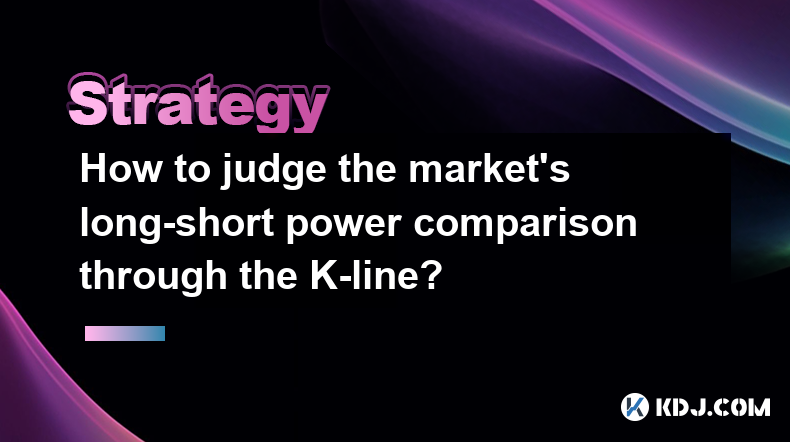
How to judge the market's long-short power comparison through the K-line?
Apr 03,2025 at 02:39pm
Judging the market's long-short power comparison through the K-line is an important skill in technical analysis. The K-line chart can not only show price changes, but also reflect the emotions and power comparison of market participants. This article will introduce in detail how to judge the market's long-short power comparison through K-lines. ...
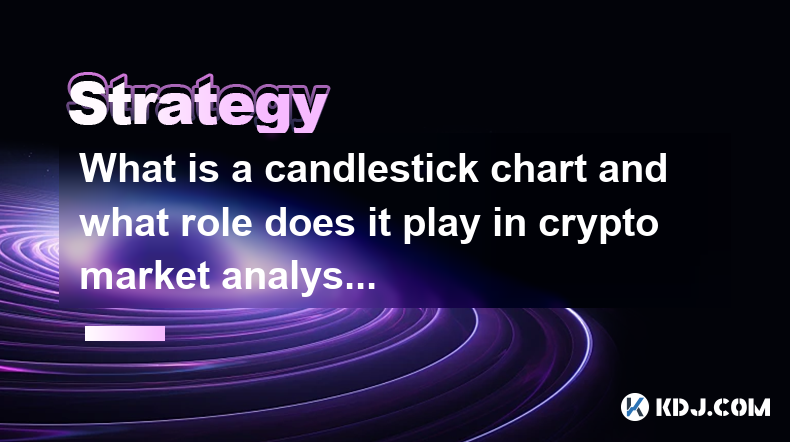
What is a candlestick chart and what role does it play in crypto market analysis?
Apr 03,2025 at 02:26pm
K-line chart, also known as candle chart, is a form of chart used to display changes in the price of financial products. In the cryptocurrency market, K-line charts are widely used to analyze the price trends of digital assets such as Bitcoin and Ethereum. This article will introduce in detail the basic structure, types of K-line charts and their specif...
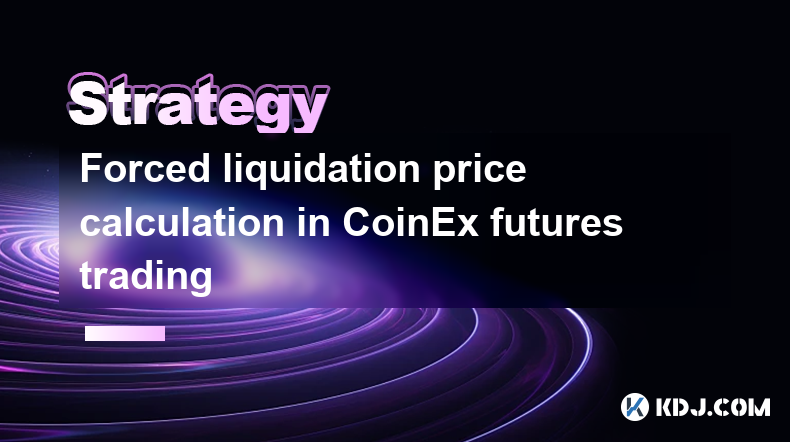
Forced liquidation price calculation in CoinEx futures trading
Apr 03,2025 at 05:35am
In CoinEx futures trading, understanding the forced liquidation price is crucial for managing risk and maintaining your positions. The forced liquidation price is the point at which your position is automatically closed to prevent further losses. This mechanism is designed to protect both the trader and the platform from negative account balances. The c...
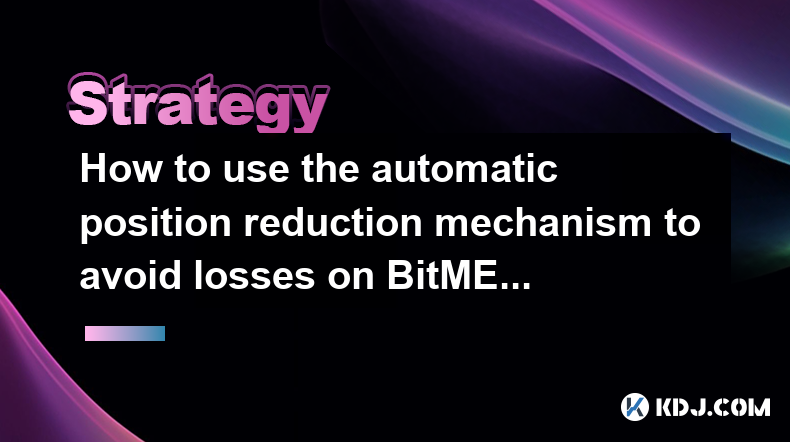
How to use the automatic position reduction mechanism to avoid losses on BitMEX
Apr 03,2025 at 02:56am
Using the automatic position reduction mechanism on BitMEX can be a strategic approach to managing risk and avoiding potential losses in the volatile cryptocurrency market. This feature, also known as Auto Deleveraging (ADL), is designed to help traders by automatically reducing their positions in certain conditions. To effectively use this mechanism, i...
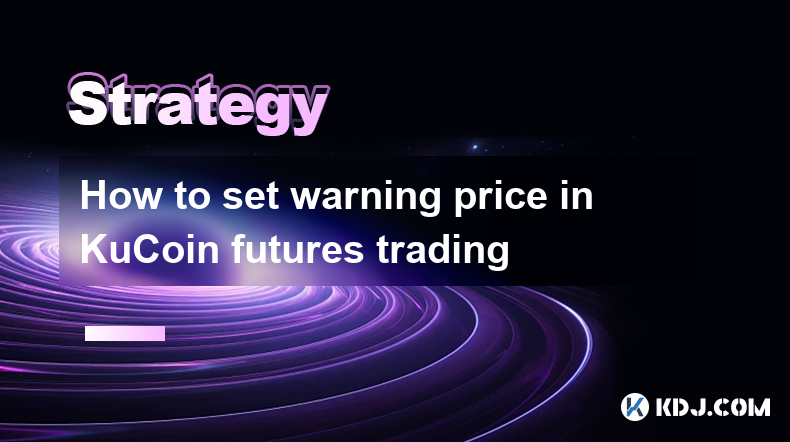
How to set warning price in KuCoin futures trading
Apr 03,2025 at 08:14am
Setting a warning price in KuCoin futures trading is an essential feature for managing risk and staying informed about market movements. This tool allows traders to receive notifications when the price of a futures contract reaches a specific level, helping them make timely decisions. To set a warning price, you need to navigate to the futures trading i...

How to use the three crows candlestick combination to determine the market top?
Apr 03,2025 at 03:18pm
Three Black Crows are a classic K-line combination form that is often used to judge the top of the market in technical analysis. This pattern consists of three consecutive negative lines, the opening price of each negative line is within the entity of the previous K-line, and the closing price gradually decreases. This pattern usually appears at the end...

How to judge the market's long-short power comparison through the K-line?
Apr 03,2025 at 02:39pm
Judging the market's long-short power comparison through the K-line is an important skill in technical analysis. The K-line chart can not only show price changes, but also reflect the emotions and power comparison of market participants. This article will introduce in detail how to judge the market's long-short power comparison through K-lines. ...

What is a candlestick chart and what role does it play in crypto market analysis?
Apr 03,2025 at 02:26pm
K-line chart, also known as candle chart, is a form of chart used to display changes in the price of financial products. In the cryptocurrency market, K-line charts are widely used to analyze the price trends of digital assets such as Bitcoin and Ethereum. This article will introduce in detail the basic structure, types of K-line charts and their specif...

Forced liquidation price calculation in CoinEx futures trading
Apr 03,2025 at 05:35am
In CoinEx futures trading, understanding the forced liquidation price is crucial for managing risk and maintaining your positions. The forced liquidation price is the point at which your position is automatically closed to prevent further losses. This mechanism is designed to protect both the trader and the platform from negative account balances. The c...

How to use the automatic position reduction mechanism to avoid losses on BitMEX
Apr 03,2025 at 02:56am
Using the automatic position reduction mechanism on BitMEX can be a strategic approach to managing risk and avoiding potential losses in the volatile cryptocurrency market. This feature, also known as Auto Deleveraging (ADL), is designed to help traders by automatically reducing their positions in certain conditions. To effectively use this mechanism, i...

How to set warning price in KuCoin futures trading
Apr 03,2025 at 08:14am
Setting a warning price in KuCoin futures trading is an essential feature for managing risk and staying informed about market movements. This tool allows traders to receive notifications when the price of a futures contract reaches a specific level, helping them make timely decisions. To set a warning price, you need to navigate to the futures trading i...
See all articles























































































